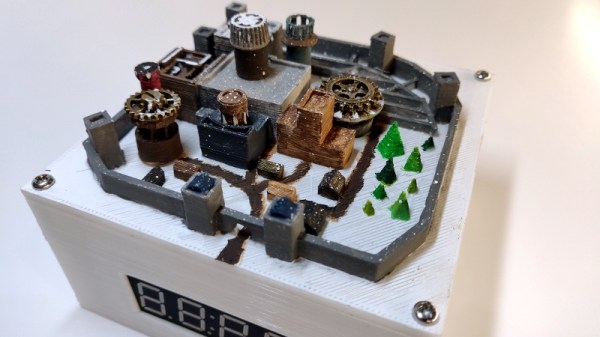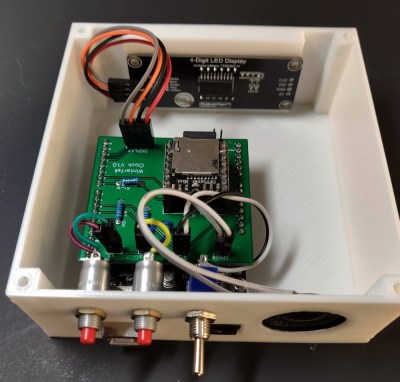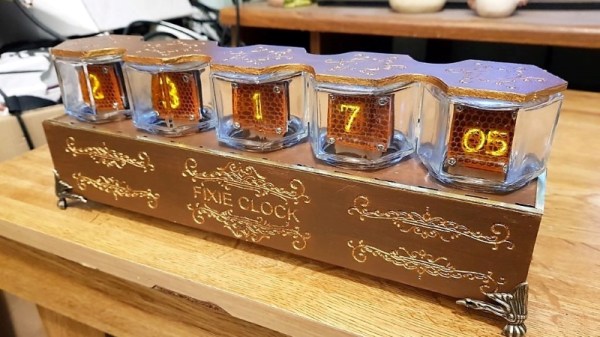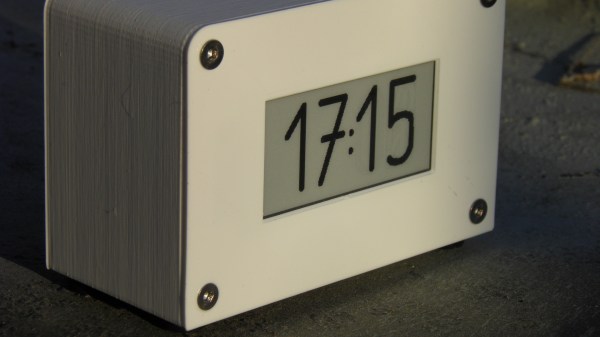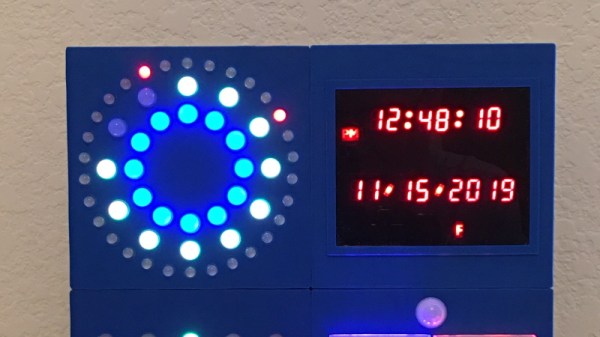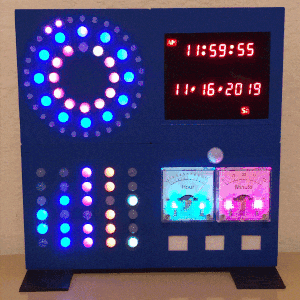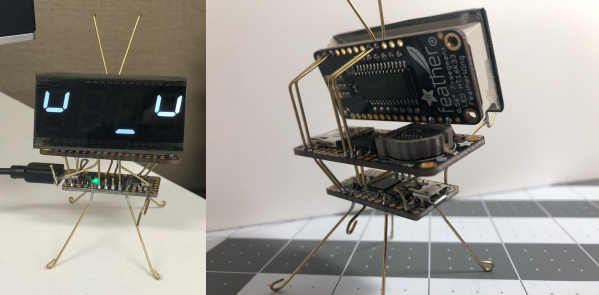Deep in the heart of Paris, a series of underground tunnels snakes across the city. They cross into unkept public spaces from centuries ago that have since vanished from collective memory – abandoned basements, catacombs, and subways hundreds of miles apart.
Only a few groups still traverse these subterranean streets. One that came into public view a few years ago, Les UX (Urban eXperiment), has since claimed several refurbished developments, including restoring the long neglected Pantheon clock and building an underground cinema, complete with a bar and restaurant.
While the streets of Paris are tame during the day, at night is when Les UX really comes alive. A typical night might involve hiding in the shadows away from potential authorities roaming the streets, descending into the tunnels through a grate in the road, and carrying materials to an agreed upon drop off location. Other nights might involve wedging and climbing over pipes and ladders, following the routes into the basements of buildings left unguarded.
Continue reading “The Story Of A Secret Underground Parisian Society”


